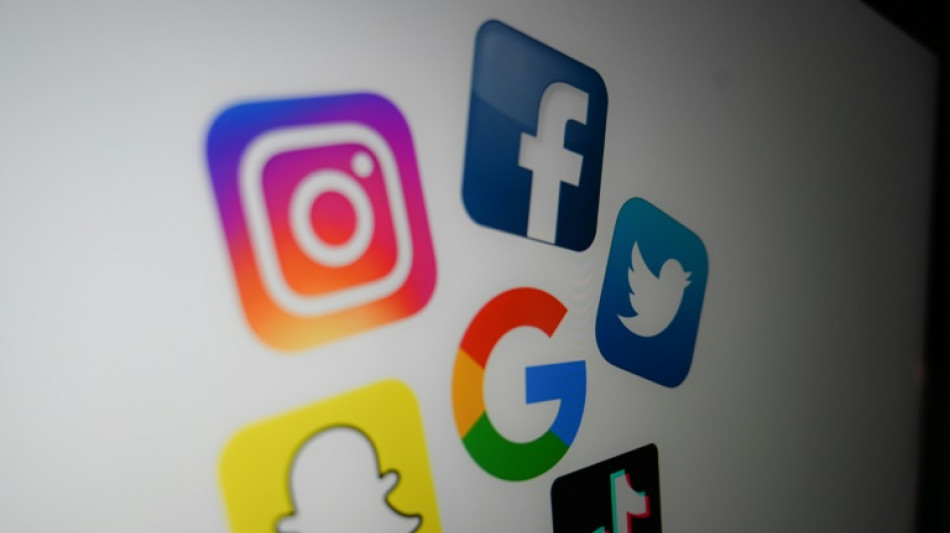

Influencers overtaking journalists as news source: report
TikTok influencers and celebrities are increasingly taking over from journalists as the main source of news for young people, according to a report published Wednesday by the Britain-based Reuters Institute.
The report found that 55 percent of TikTok and Snapchat users and 52 percent of Instagram users get their news from "personalities" -- compared to 33-42 percent who get it from mainstream media and journalists on those platforms, which are most popular among the young.
The figures were based on interviews with some 94,000 people across 46 countries, conducted for the Reuters Institute for the Study of Journalism, part of Britain's University of Oxford.
"While mainstream journalists often lead conversations around news in Twitter and Facebook, they struggle to get attention in newer networks like Instagram, Snapchat, and TikTok," the report said.
Lead author Nic Newman highlighted people like Britain's Matt Welland, who discusses current affairs and daily life on TikTok for his 2.8 million subscribers.
"Or it could be a celebrity like a footballer talking about a topical news event," he told AFP, such as footballer Marcus Rashford's 2020 campaign to get free school meals for children from poor families.
For young people, "news" is not just the traditional focus on politics and international relations, but "anything new that is happening in any walk of life: sports, entertainment, celebrity gossip, current affairs, culture, arts, technology..." he added.
- 'Fundamental change' -
Facebook remains the leading source of news among social networks worldwide, but its influence is dropping, with 28 percent saying they use it to get news, compared with 42 percent in 2016.
This likely reflects Facebook's shift away from news-sharing towards a focus on friends and family, as well as young people's preference for more video-based apps like TikTok and YouTube.
TikTok now reaches 44 percent of 18-24-year-olds, and 20 percent get their news from the app, up five percent on last year.
The biggest challenge for traditional news outlets is the falling number who go direct to their websites -- just 22 percent, down 10 points since 2018 -- rather than relying on social media links.
In his foreword, Reuters Institute director Rasmus Kleis Nielsen said this shift presented "a much more fundamental change" for the news industry than even the shift from paper to digital a generation ago.
"Legacy media... now face a continual transformation of digital as generations come of age who eschew direct discovery for all but the most appealing brands, (and) have little interest in many conventional news offers oriented towards older generations' habits, interests, and values," he said.
These new audiences are aware of the risks of relying on algorithms, with only 30 percent thinking this is a good way to get a balanced diet of news -- but that is still considered better than relying on journalists, who scored just 27 percent.
None of this is good news for media firms reliant on subscribers and ad revenue.
The report found that 39 percent of subscribers had cancelled or renegotiated subscriptions, though the overall share of people paying for news across 20 countries surveyed remained stable compared with last year at 17 percent.
P.Avalos--ESF




